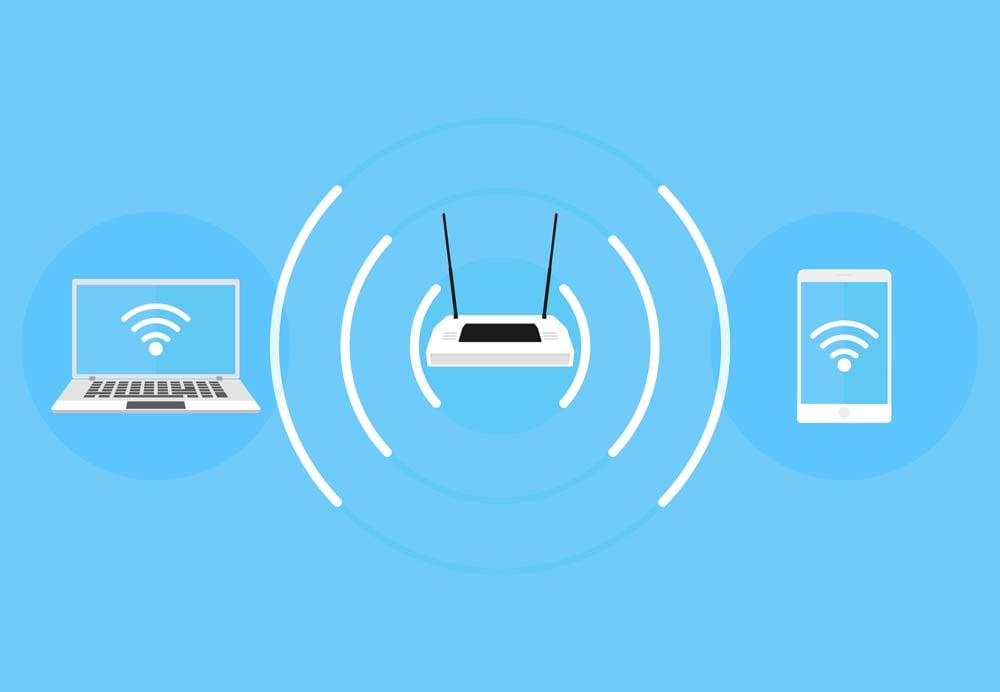In today’s world of technology the need for a reliable and stable WiFi signal is vital for seamless connectivity and high productivity. The strategic placement of Wireless Access Points is key to achieving this. The location of the WAP is essential to ensure reliability and stability. Let’s explore the importance of WAP devices and how to choose the best home access point for optimal wireless connectivity.
Wap Wireless Access Points are essential networking devices that allow wireless-enabled gadgets to connect to wired networks by using WiFi and other related standards. It is an essential device to extend your network’s coverage and removing the requirement to use bulky cables. WAPs WAP receives data from a router via an Ethernet cable, and converts the information into an radio signal. The radio signal can be recognized by WAP devices, which provide them with network connectivity.

The impact of WAP placement
A WAP has to be carefully situated to ensure a stable and reliable WiFi connection throughout the region. The position of the WAP can affect the signal strength in addition to the coverage range and general performance of the WiFi network. Positioning the WAP in the an optimal location can aid in reducing interference, enhance coverage and enhance user’s connection experience.
Factors affecting the strength of WAP’s Signal
The WAP signal sent to your device could be affected by various elements. This includes:
Signal Strength: The potency of the signal transmitted through the WAP.
Range: The length of time that the WAP is able to transmit a strong and stable signal.
Interference: Obstacles or devices that interfere with the WiFi signal.
Find the ideal home access point
To ensure the best performance from your WiFi, selecting the correct WAP for your home or office is crucial. If you’re looking to select the perfect home access point, there are many factors to take into consideration.
Signal Strength and Coverage: Choose a WiFi that has a a powerful signal and a wide coverage area. This will ensure that your WiFi signal is accessible to the areas you want to cover without dead spots.
Interference Management: Opt for an WAP with features to minimize interference. Triple-band or dual-band technology can be utilized to navigate WiFi channels that are overcrowded.
Easy Setup and Configuration – Choose one that is simple to configure and install. Simple installation processes and simple user interfaces could save you time and effort.
Security Features: Prioritize WAPs with strong security features, such as encryption protocols and security settings. This will help to safeguard your network and your data.
Scalability: Ensure the WAP can manage the amount of devices you plan to connect. A WAP that can be scalable grows along with the demands of your network, and can be a long-term investment.
Optimizing WAP placement to get the best performance
Central Location: Install the WAP at a central point to ensure uniform coverage of WiFi throughout the space. This will reduce dead zones, and will ensure an uninterrupted connection throughout the structure.
Elevation: Mount the WAP at a higher position for example, on a ceiling or wall. This allows for broadcasting the signal with ease, giving improved coverage and minimizing obstructions.
To avoid interference, keep your WiFi clear of devices and materials that could create interference. These include cordless phones or microwaves as well as metal structures. This ensures a strong WiFi signal.
Professional Assessment: Consult with IT professionals for a thorough review of your space. They can determine optimal WAP location locations based upon specific needs.
The article’s conclusion is:
In the rapidly evolving technology industry, an efficient WiFi connection is crucial. Wireless Access Points (WAPs) are essential to providing this by extending your network’s reach and providing reliable WiFi signals. Strategically placing your WAP and selecting the best wireless access point is one of the key elements to achieving the best WiFi performance.
It’s worthwhile investing time and energy in evaluating the space you have available, understanding factors that influence WAP signal strength, and taking into account important features of WAPs. If you can master the art of WAP placement You can discover the full potential of your WiFi network and enjoy a continuous, seamless connectivity experience.